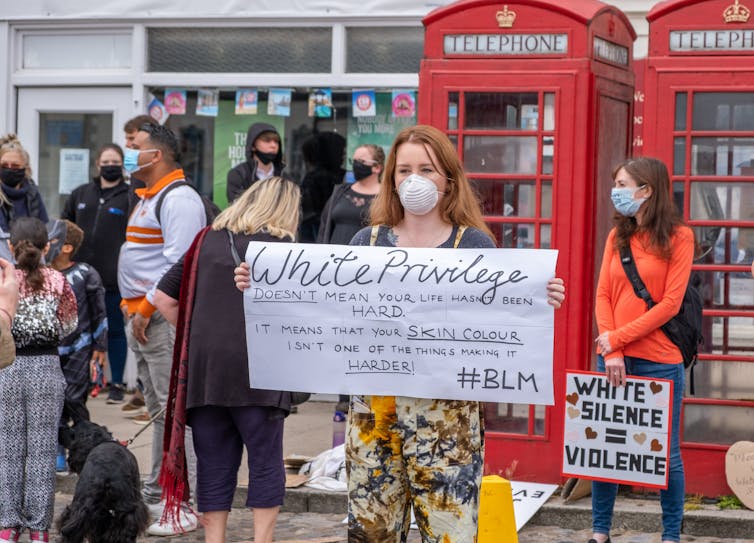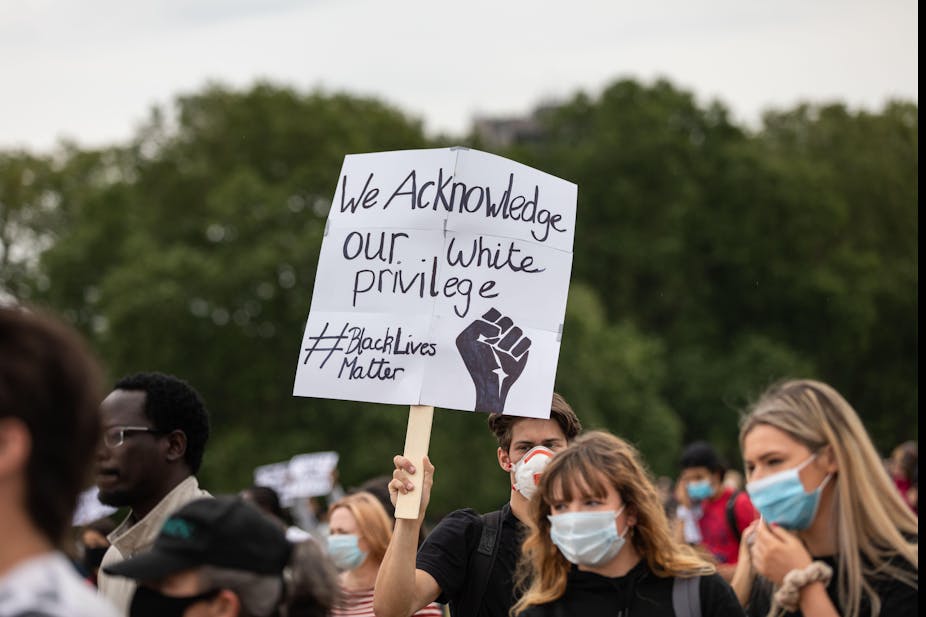A UK parliamentary inquiry arguing that white working-class pupils have been let down has been greeted with a mixture of support, confusion and outrage.
Described as an attempt to “stoke the culture war” by a Labour MP on the committee, the report delves into the social and educational inequalities that many white children from working class backgrounds face, suggesting that compared to children from ethnic minority backgrounds, white working class children fare worse.
A number of MPs have condemned the committee’s findings, with Apsana Begum, a Labour MP on the committee, describing the report as being in danger of “legitimising narratives which are quite dangerous around white supremacy”.
One of the chief sources of the controversy surrounding these claims is the suggestion of a need to rethink the concept of “white privilege”. Much like the controversial Commission on Race and Ethnic Disparities, which examined race and ethnic disparities in the UK, MPs on the committee posit that use of the term can be divisive. As researchers of childhood studies, sociology and the success of students from minority ethnic and lower socio-economic groups, we reject that idea.
Defining white privilege
The study of white privilege and the broader area of “whiteness studies” originate from the United States. Activist and scholar Peggy McIntosh coined the term “white privilege” in an influential 1989 article which highlights the many ways in which being white brings unrecognised advantages in American society. The term refers to the idea that, by virtue of their racial identity, people from black and minority ethnic backgrounds are positioned as outsiders in societies that value whiteness above and over other racial groups.
Analysing the historical and current ways that white people can be privileged above non-white people is a useful tool for understanding the persistence of racial inequality in the UK and elsewhere. As a concept, white privilege draws attention to the fact that, far from living in a post-racial society, we live in a world where vast inequalities between white and black and minority ethnic communities continue to exist.

The ONS, for example, recently reported that young black workers in the UK have been worst affected by the pandemic, with over 40% of young black people now unemployed, compared to 12.4% of their white peers. Across the UK, black, Asian and minority ethnic communities are more likely to be impacted by poverty, housing deprivation and low wages.
The parliamentary select committee’s report argues that the notion of white privilege may be alienating to disadvantaged white communities and “may have contributed towards a systemic neglect of white people facing hardship” because “a lot of children in these disadvantaged white communities aren’t aware of their own disadvantage”.
In doing so, the report missed opportunities to show how the phrase could be used to reduce inequality. In fact, the concept of white privilege can and has been used to teach about other forms of privilege, including gender, class, sexuality, age, nationality, and physical ability, to name a few.
Rather than suggesting that white people face no challenges, white privilege highlights how a group of people are (and can be) affected by discrimination and disadvantage. It takes account of people’s overlapping identities and experiences in order to understand the complexity of prejudices they face. This is also referred to as “intersectionality”.
Recognising that black and minority ethnic communities can be disadvantaged due to their ethnicity doesn’t deny the economic and social inequalities faced by communities from all racial backgrounds. As critical race studies scholar David Gillborn noted recently, children in receipt of free school meals from all ethnic groups have lower attainment levels compared to those from wealthier families.
Whiteness in education
The report argues that “educational attainment is lower for disadvantaged pupils in the White group than for disadvantaged pupils in other main ethnic groups”. This simplistic reading of the reasons behind lower attainment levels among white working class people has long been subject to scrutiny.
Honing in on the disadvantages white people face versus all other racial groups reverses decades-long efforts to close the attainment gap, particularly the diversity and citizenship agenda under New Labour in the 1990s. It also continues the coalition government’s regime of waning attention on race as an indicator for mobility in education and the labour market between 2010-2015, a legacy that has become more pronounced under the current government.
There’s a need for new and constructive ways of talking about how race, class and gender inequalities often intersect. In a world that places whiteness at the top of the racial hierarchy, centring whiteness as a factor in the educational attainment of white working-class pupils makes little sense. It also distracts from the continuing attainment gap between disadvantaged and advantaged pupils.
Read more: The racism faced by teenagers in the UK: new research
Perhaps, this is where the report makes some useful suggestions, referring to the need for greater diversity of subjects in schools, within an “ambitious and challenging curriculum” and support for high quality teaching for all, especially children from disadvantaged backgrounds. It would appear then that the concept of white privilege opens opportunities for discussions around equality and inclusion, rather than negating white working class children.

